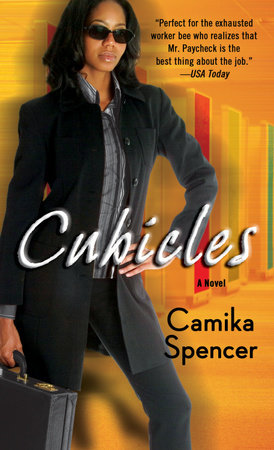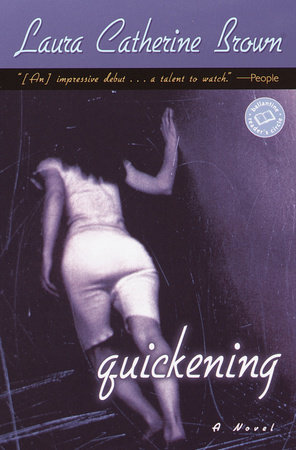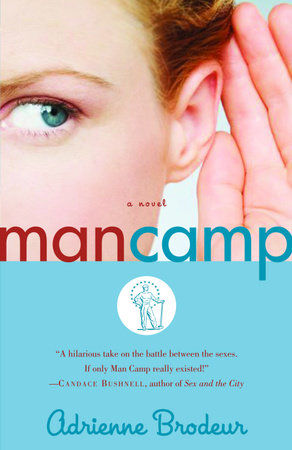A Conversation with Gabrielle Pina
Q: Where are you from, and how did you come to know so much about life in Tornado Alley and the outskirts of Dallas, Texas?
A: I’m from Dallas, Texas, and I survived a tornado with my grandmother and my uncle when I was a little girl. My grandmother used to tell me stories about tornadoes, and I guess they stuck with me.
Q: What else about your upbringing in Dallas did you find seeping its way into this novel?
A: Aunt Baby reminded me of my grandmother a little bit. She always had a concoction for everything. She always had a cure for an ailment or something to make everything right with your soul.
Q: What motivated you to combine so many different sources of spiritual strength?
A: Often when you are truly in crisis, you need to pull from everything the creator has to offer. One solution to a problem doesn’t fix everything. Truth is sometimes found in places you least expect it, and you have to be of open mind and open heart to absorb its effects fully.
Q: Why did you choose a funeral home as the Culpepper family business?
A: I’ve always been creeped out by funeral homes, and researching them was one way for me to deal with my own uneasiness. Also, the thought of someone growing up in a funeral home intrigued me.
Q: Why did you choose to write about the experience of someone with dissociative identity disorder (DID)?
A: I’ve always been fascinated with DID and other mental disorders. More specifically, what causes the brain to rewire itself and then correct itself in the blink of an eye? DID is such a multifaceted disorder and one that isn’t necessarily common in the African American community. I wanted to explore what happens when an otherwise strong woman is tempted by and surrenders to madness.
Q: Who is the first person to recognize Phoebe?
A: Aunt Baby recognizes Phoebe soon after the accident. However, Baby doesn’t know what to do, how to classify the illness, or how to begin to fix it. And her failure shames her. In the end, she commits to heal Dahlia, and she is just as determined to redeem herself.
Q: What about Dahlia allows her to survive the Sophea experience, unlike her mother and siblings?
A: Dahlia survives the Sophea experience because she is supposed to. Her experience and her life are meant to be a testament for the people around her.
Q: There is such intense color imagery in Chasing Sophea– Mercy Blue and her red dresses, Reva’s being a “brown blur,” even Michael (Milky) had to be given a colorful name. Can you explain the significance of these colors?
A: Mercy’s fascination with red dresses represents her feeling that everything in her life is out of control–her livelihood, her emotions, and her relationship with Lucius. She needs to feel like there is one thing in her existence that she can control. Buying and wearing red dresses is that anchor for her. She is attempting to communicate nonverbally to those around her. “Look at me. I’m special. I’m worthy. I’m alive.” Colors in the novel represent the multitude of shades in our lives–vividness, evolvement, and ultimately change. Also, the colors represent layers of burgeoning insanity, not just in Dahlia’s life but in everyone else’s as well.
Q: Please explain Lucius’s compulsive attraction to unstable and insecure women.
A: A universal law is that you attract who you are. This truth, much like rain, is unavoidable. From the time he was a child, Lucius yearned to be loved but was abandoned by the first woman in his life. He never really recovered from his mother’s departure, and as a result, he is emotionally stunted, unstable, and insecure. In choosing women, unconsciously on many different levels, he is choosing himself. Emotional stagnation begets nothing but spiritual retardation and vice versa.
Q: Which character was the easiest for you to write? Which was the most difficult?
A: Aunt Baby was the easiest for me to write because I saw her immediately. Dahlia was the most difficult. There is so much more I could have written about her, but then the novel would have been six hundred pages.
Q: In the last sentence, you write, “Thanks for everything. Thanks from the both of us.” Who else?
A: Why, Phoebe, of course. I wanted Dahlia to understand that DID cannot be miraculously fixed. Before Dahlia can even begin to heal, she needs to acknowledge her alter and realize that the healing process could take years.
Q: Were there other journal entries that you wrote for Phoebe aside from those included in the novel?
A: Yes, there were several other journal entries. And no, I can’t share them. They’re sealed for Phoebe’s protection.














